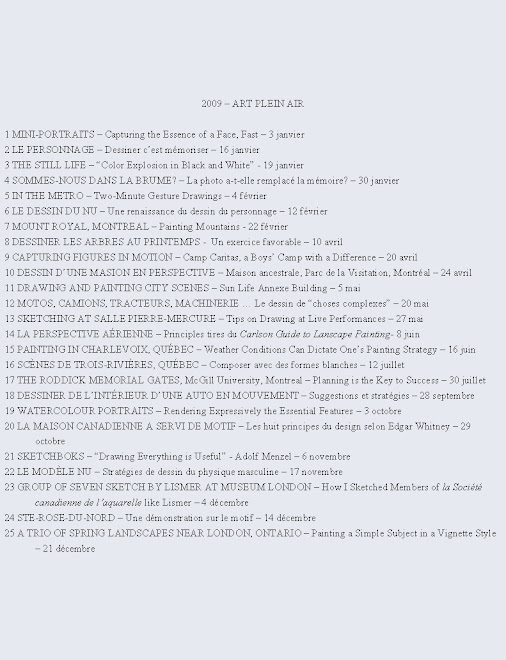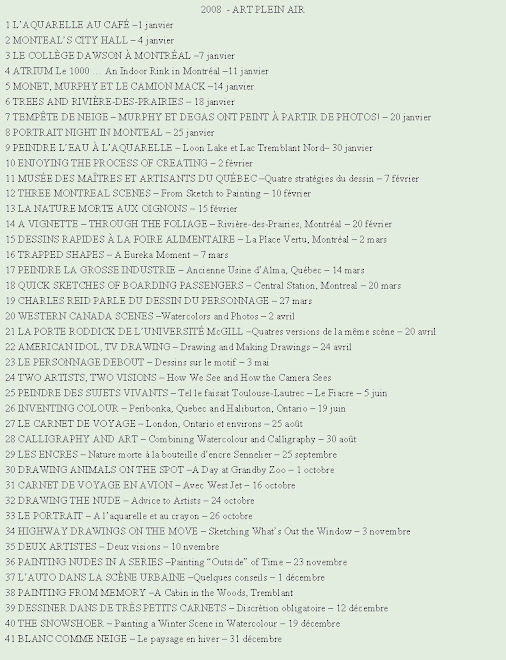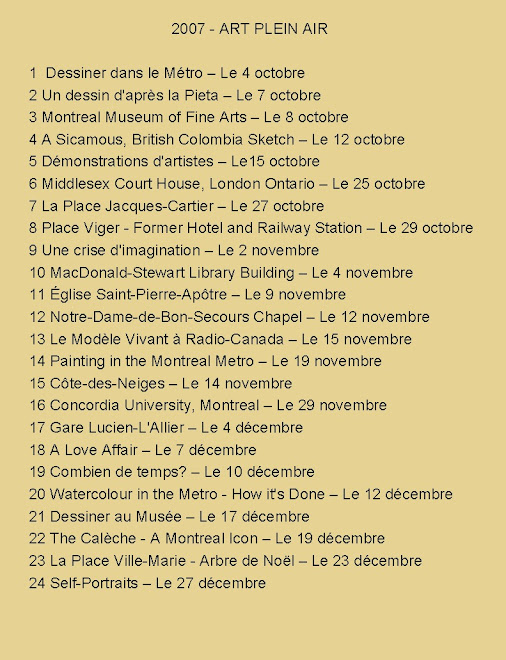 Place Viger was both a grand hotel and railway station. It was constructed in 1898 and named after Jacques Viger, Montreal's first mayor. Constructed in the château-style common to Canada's railway hotels, Place Viger housed the railway station in its lower levels and a luxurious hotel on the upper floors. The shifting of Montreal's commercial core to the north-west, and the onset of the economic depression of the 1930s, proved disastrous for Place Viger. The hotel closed in 1935. In 1951, the railway station was also closed, and the building was sold to the City of Montreal. The interiors were gutted and transformed to non-descript office space, and the building was renamed Édifice Jacques-Viger. (References: Chisholm, Barbara, ed., Castles of the North: Canada's Grand Hotels, Toronto: Lynx Images, 2001. Gournay, Isabelle and Vanlaethem, France, eds., Montreal Metropolis: 1880-1930, Montreal: Canadian Centre for Architecture, 1998.)
Place Viger was both a grand hotel and railway station. It was constructed in 1898 and named after Jacques Viger, Montreal's first mayor. Constructed in the château-style common to Canada's railway hotels, Place Viger housed the railway station in its lower levels and a luxurious hotel on the upper floors. The shifting of Montreal's commercial core to the north-west, and the onset of the economic depression of the 1930s, proved disastrous for Place Viger. The hotel closed in 1935. In 1951, the railway station was also closed, and the building was sold to the City of Montreal. The interiors were gutted and transformed to non-descript office space, and the building was renamed Édifice Jacques-Viger. (References: Chisholm, Barbara, ed., Castles of the North: Canada's Grand Hotels, Toronto: Lynx Images, 2001. Gournay, Isabelle and Vanlaethem, France, eds., Montreal Metropolis: 1880-1930, Montreal: Canadian Centre for Architecture, 1998.) The future of the former hotel and the square in front are in the hands of the City of Montreal. Some proposals and promises have been made. Hopefully more consultation will be done than seems to have been for the proposed revamping of historic Place d’Armes. The Gazette article appearing Sunday October 28, 2007 says that all three proposals would remove focus from Hebert’s famous Maisonneuve statue. That would be unfortunate.
The future of the former hotel and the square in front are in the hands of the City of Montreal. Some proposals and promises have been made. Hopefully more consultation will be done than seems to have been for the proposed revamping of historic Place d’Armes. The Gazette article appearing Sunday October 28, 2007 says that all three proposals would remove focus from Hebert’s famous Maisonneuve statue. That would be unfortunate.A wonderful article about Place Viger appears in Edgar Andrew Collard’s book Montreal Yesterdays published by the Gazette in 1989. If you are fortunate to get your hands on a copy, the article is on page 98 titled: The Leafy Charm of Old Place Viger. While change and reconstruction is inevitable I feel city architects should not be so quick to replace green spaces and vegetation with concrete as is proposed for the new Place d’Armes.
The watercolor was painted on site on a beautiful sunny afternoon on October 26, 2007 on a 9" x 12" block of 140 lb Hot Press PORTOFINO acquerello block. I hesitated using this paper mainly because on a windy day working outdoors on hot press paper can produce unpleasant surprises such as unwanted backruns. But the wind was down that afternoon and for the most part I was sitting in the sun. This would speed up, I hoped, the drying time a bit on this cool afternoon. Hot press paper tends to not dry evenly and as fast as cold press or rough paper as its surface is not as absorbent. The pigment tends to sit on top of the surface. The trick then is to float in the washes quickly, preferably on a pre wet slightly moist surface. Try not to disturb the wash too much once it is down. Working rather flat also helps. You can, however, add more pigment to an already wet area before it dries completely to darken it, but timing is important as is the ratio of water to pigment in the brush. I find the Isabey Petit Gris brush good for this as it has a great absorbent reservoir better than synthetic brushes. Sables and other natural hair brushes would also work well. Brushes made with natural hair brushes are soft, suitable for delicate and precise work. Synthetic bristles can disturb the delicate surface of Hot Press paper and inadvertently remove pigment because of their stiffness. Another advantage of work on hot press paper is that one has more time to remove unwanted water or add darker pigment. The mixtures are not as quickly absorbed by the paper as would be the case for rough or cold press papers. Another hot press paper plus is being able to lift pigments with synthetics once the paper is completely dry. Simply wet an area and remove pigment with a paper towel, toilet paper or tissue.
Once I had drawn the sketch with my permanent Indian Ink waterproof PITT pen I was ready to lay in my washes with a flat synthetic brush and my two Isabey Petit Gris brushes. I opted for a vignette type painting mainly because I wished to avoid rendering the left side of the scene which I thought would be distracting and superfluous. The hard edge of the blue sky echoes the triangular shape of the towers. I rather like the unfinished effect of the right gray foreground car. The shapes of the back end of the car and left tire, I feel, lock in the eye and keep it from escaping down the street diagonally. Hopefully, the viewer’s gaze is then led up and into the foreground buildings to the right, then around the turrets and finally back along the cars toward us to where we first started. As you can see by comparing the painting with the photo, I chose to stay pretty close to the local colour opting instead to concentrate more on rendering interesting and varied light and darker shapes. I used Sennelier pan paints. The painting was completed in less than an hour including setting up, drying time and clean-up time.
Raynald Murphy sca





















